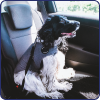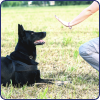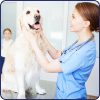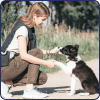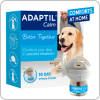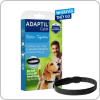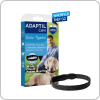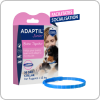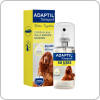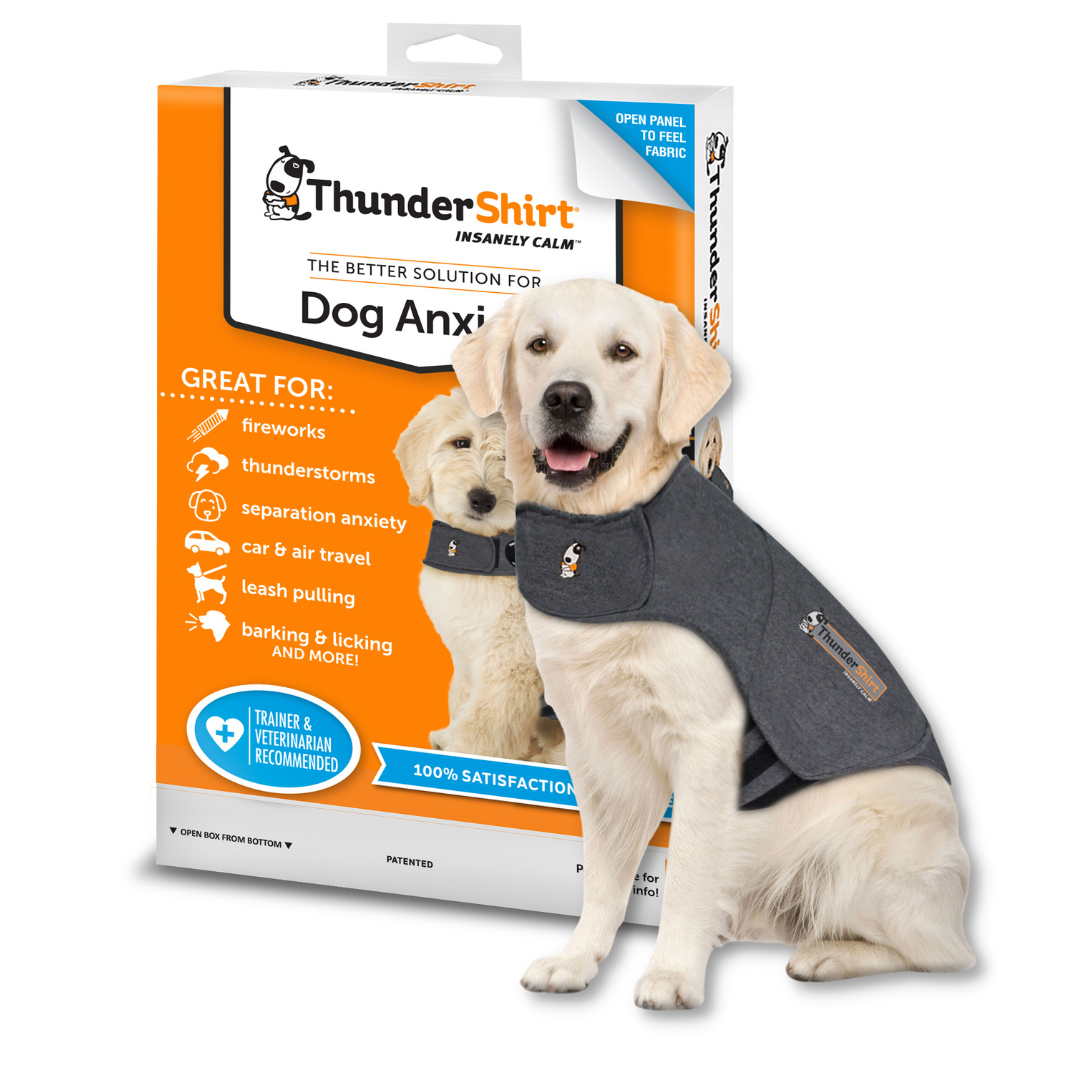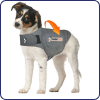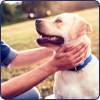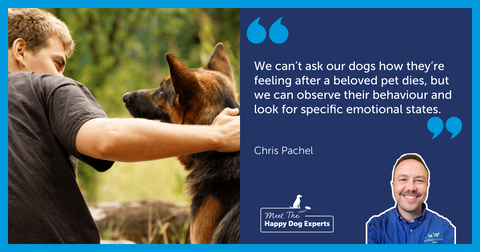Want to subscribe to our blog?

Why is a Dog's Sense of Smell so Powerful? Happy Dog Expert Explains
Written by Amy Learn, published on April 18, 2023
A Dog's Olfactory System
Have you ever wondered how your pet experiences the world around them? In today's society, our pets are family members. We look after them and care for them intimately.
In order to understand their needs, it may be best to understand how they communicate with us and also how they perceive the world around them. Following our first blog on this topic - What's a dogs vision like? in this series from our Happy Dog Expert, we are delving into how dogs experience and use each of their five senses.
The nose knowsIt is commonly thought that animals have a great sense of smell and are more highly attuned to scents than humans. But how great is their sense of smell? Read on, and I will share some information that shows just how powerful our dogs' sense of smell is.
Structure of the nose and olfactory system
The stereotypical sniffing dog has a long snout and it's what is inside that counts. Encased in the nasal passage are twisting boney labyrinths called turbinates. These structures serve to expand the amount of tissue that air has to pass to get through to reach the brain.
In the nasal passage, air is separated into 2 factions, with 12% going to olfaction and 88% to respiration. The benefit of such an increased surface area in dogs is that it allows up to 300 million olfactory receptor cells. In comparison, a human has only 6 million of these receptors.
The nasal cavity is also lined with tissue called the olfactory epithelium. This tissue uses a layer of mucus to catch the lipid-soluble organic compounds called odorants, and it also contains special receptor cells that transmit the information to the brain. We do know that dogs with squashed faces (brachycephalic) do not perform as well on scent-related tests, which suggests that the amounts of olfactory epithelium and receptors do play a role.
Scent is so important to dogs that their olfactory bulb (the part of the brain in charge of smell) is 40% larger than in humans and has more surface area.
The olfactory centres of the brain also relay information to the amygdala (the emotional centre). This sharing of information causes smell to modify emotion and memory.
Have you ever smelled fresh baked cookies and thought of your grandmother, or perfume in the air and remembered a childhood crush? The same type of things can happen with dogs. In 1994, a researcher named Peter Hepper demonstrated that olfaction and memory are so intertwined that related dogs can recognise each other after a 2 year absence.
Equally, we all know about how Pavlov learned that the smell of food causes salivation, and through classical conditioning he could link other things to that smell to change behaviour. What we didn't know is that a subsequent experiment showed that a scared dog was able to respond calmly after exposure to the clothing of the experimenter, because this dog developed a strongly conditioned positive response to the smell of them.
Dog pheromones
Pheromones are chemical substances that are released as part of various secretions in order to send a chemical message to another individual of the same species. These chemical messages are detected by a very special set of cells within the vomeronasal organ (a structure that is not present in humans).
These messages do not follow the same pathway that odours do. Instead, they communicate more directly with the emotional centre of the brain because the signals are most often conveying information, alerting to danger, or identifying reproductive availability.
The result is preparation of a physiologic and/or behavioural response. The vomeronasal organ can recognise emotions in other dogs, as well as humans, and may even contribute to illness detection.
Commercial pheromone products like ADAPTIL are often used to change behaviour. Research supports their use to help decrease anxiety for new puppies or during travel, among other situations.
Scent marking
One of the most common ways that dogs use scent to communicate is urine marking. When they sniff these previously marked areas, they can identify species, sex, reproductive status and even an individual animal from the urine. When dogs scratch after urinating, they are spreading the scent broadcasting their information.
Dogs also have endocrine glands in the ear pinnae, corner of the mouth, preputial gland, vagina, and anal sacs that are used to send messages and rub their scent on objects and individuals.
Smelly facts
There are so many amazing facts that have to do with a dog's sense of smell. For instance, dogs can sniff and exchange air up to 300 times per second, which means that they can take air in and breathe out simultaneously.
Dogs can smell the time of day. As the sun moves across a space, it heats up different areas and thus releases scents at different times as it moves. They can also smell in three dimensions. Their nostrils can work independently, allowing the brain to collect the scents and put them together in a picture.
Dogs' sense of smell is so amazing that they can detect the difference between identical twins and smell the odour of fingerprints left on glass after six weeks. That sounds like finding a needle in a haystack, and in fact, dogs can detect ¬Ω tsp of sugar in an Olympic-sized swimming pool!
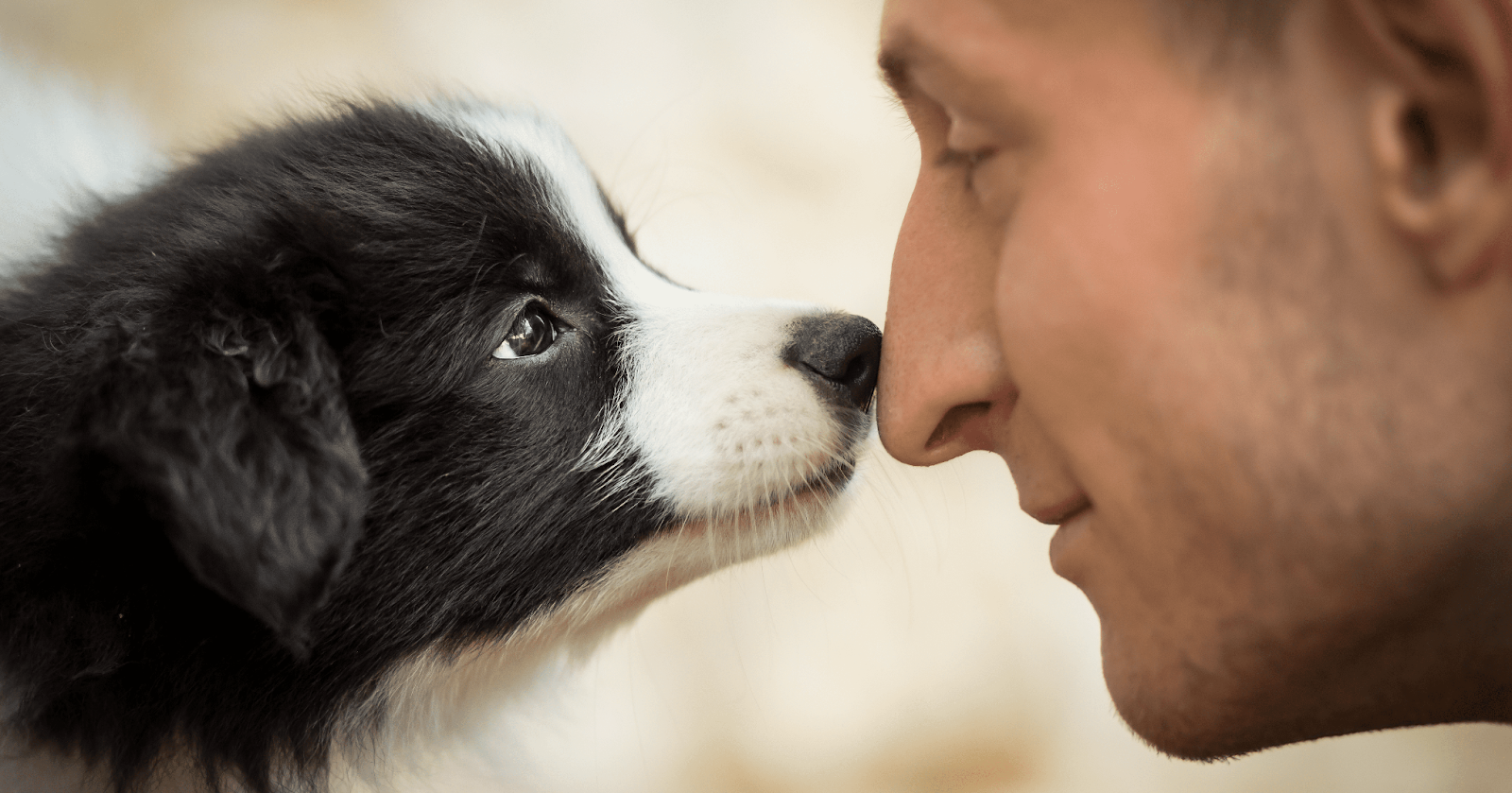 Uses for dog olfaction
Uses for dog olfaction
With all of the ways dogs can use their sense of smell and the details that can be determined, it is no surprise that we use dogs for their olfactory prowess in various trades. Dogs are used for sniffing out drugs, explosives, firearms, cash, contraband, missing people, human remains, and detecting illnesses, including identifying cancer cells.
Conclusion
It has long been known that olfaction is a critical part of a dog's interaction with its environment. The peculiar structure of their nose and their brain itself allow for a greatly enhanced ability to gather information, find food, and communicate with others.
As humans, we are learning how to harness this ability to aid in so many aspects of life, from law enforcement to medical care. The sense of smell in our canine companions is an incredible marvel that we are still learning the extent of. Join me next time when we explore yet another of the five senses that help dogs perceive the world around them.
Additional Resources:
Carlson, N. R. (2012). Physiology of behavior. Pearson Higher Ed.
Houpt, K. A. (2018). Domestic animal behavior for veterinarians and animal scientists. John Wiley & Sons.
Horowitz: https://web.archive.org/web/20131020162644/http://onpoint.wbur.org/2009/09/22/a-dogs-eye-view
Kandel, E. R., Schwartz, J. H., Jessell, T. M., Siegelbaum, S., Hudspeth, A. J., & Mack, S. (Eds.). (2000). Principles of neural science (Vol. 4, pp. 1227-1246). New York: McGraw-hill.
Lindsay, S. R. (2000). Handbook of Applied Dog Behavior and Training, vol. 2. Ames, Iowa: Blackwell Publishing.
Taslitz, A. E. (1990). Does the Cold Nose Know--The Unscientific Myth of the Dog Scent Lineup. Hastings LJ, 42, 15.
Following our expert tips will help to ensure your bond with your dog goes from strength to strength.
Make sure to join our community for weekly advice from our dog behaviour experts as well as product offers and competitions.
 Related Posts
Related Posts
Legal notice The information collected is intended for Ceva Santé Animale and the group in order to manage your requests. This information can be shared with service providers in order to organize their management. In accordance with the General Data Protection Regulations, you have the right to access, rectify and limit the processing of your data. You can also, in certain cases, object to the processing, withdraw your consent and request the deletion and portability of your data. For any request in relation to your personal data, please visit this page.


